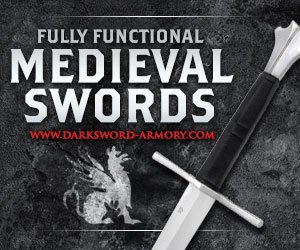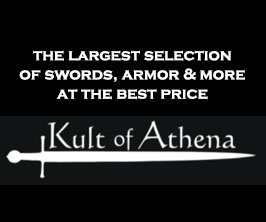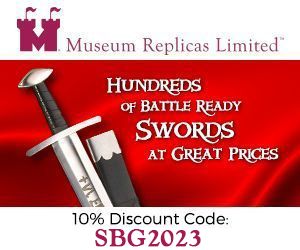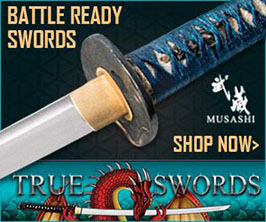- Home
- Ask a Question
- Sword and knife steels.
Sword and knife steels.
by Jean
(Spain)
hello, being more in the world of knives and being aware that what applies to knives should not be extrapolated to the swords, I would like to have clarification on the following points.
1) Why there is little experience with the new steels from PM technology, they do not meet the criteria sought or just because as the market of swords is smaller than that of knives there has fewer people who dare to try new things.
2) On this same point I also wondered if the cpm 3v and a8mod steels would be good for for example an European-style sword (not too long) how would their performance in front of the 5160, s7 and t10, could they offer innovation (even on a trial basis) , if someone can make me a little comparison it will be amazing.
3) finally i want to know which can be the best hrc as an example and if a partial tempering along the blade will be more important than the steel itself.
Thank you by advance and if someone need more details to give me a better answer you can tell it to me.
Comments for Sword and knife steels.
|
||
|
||
|
Click here to add your own comments Join in and write your own page! It's easy to do. How? Simply click here to return to Ask Questions. |













